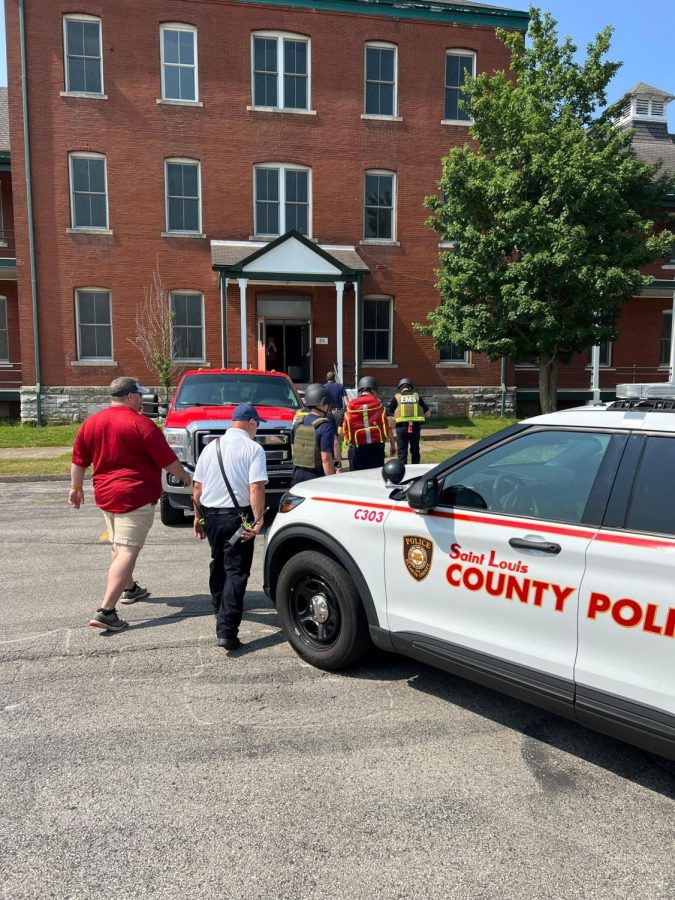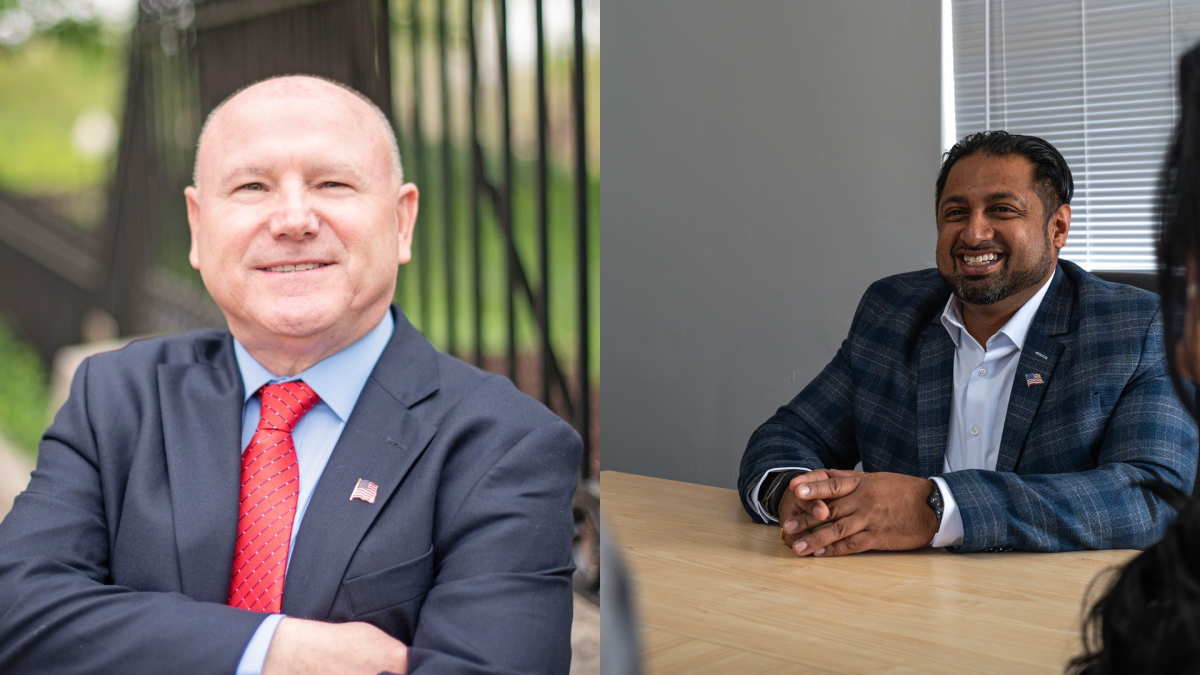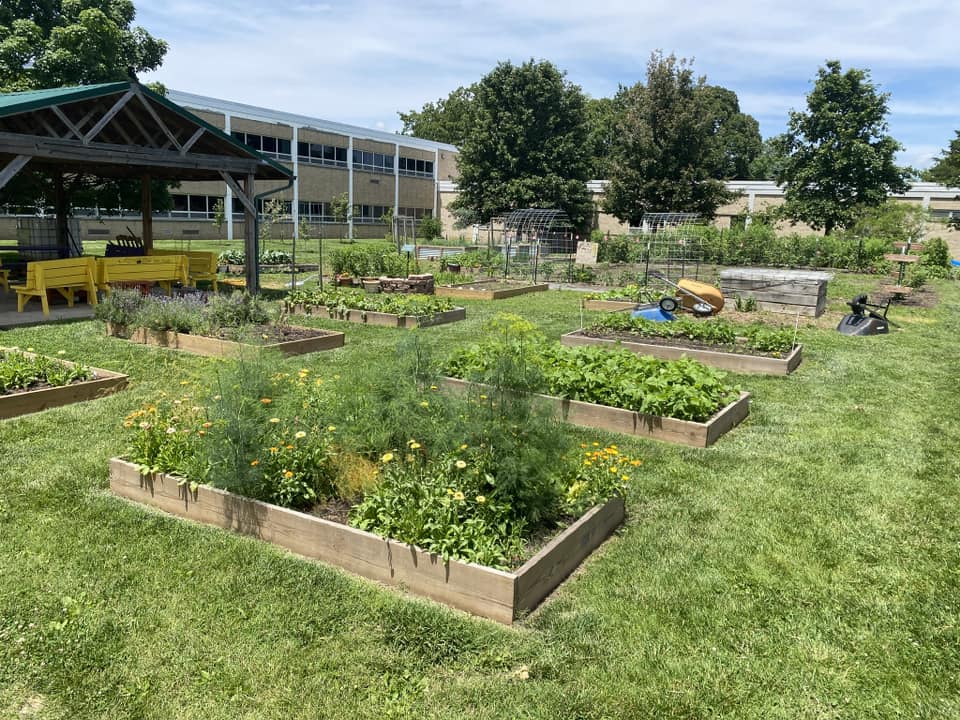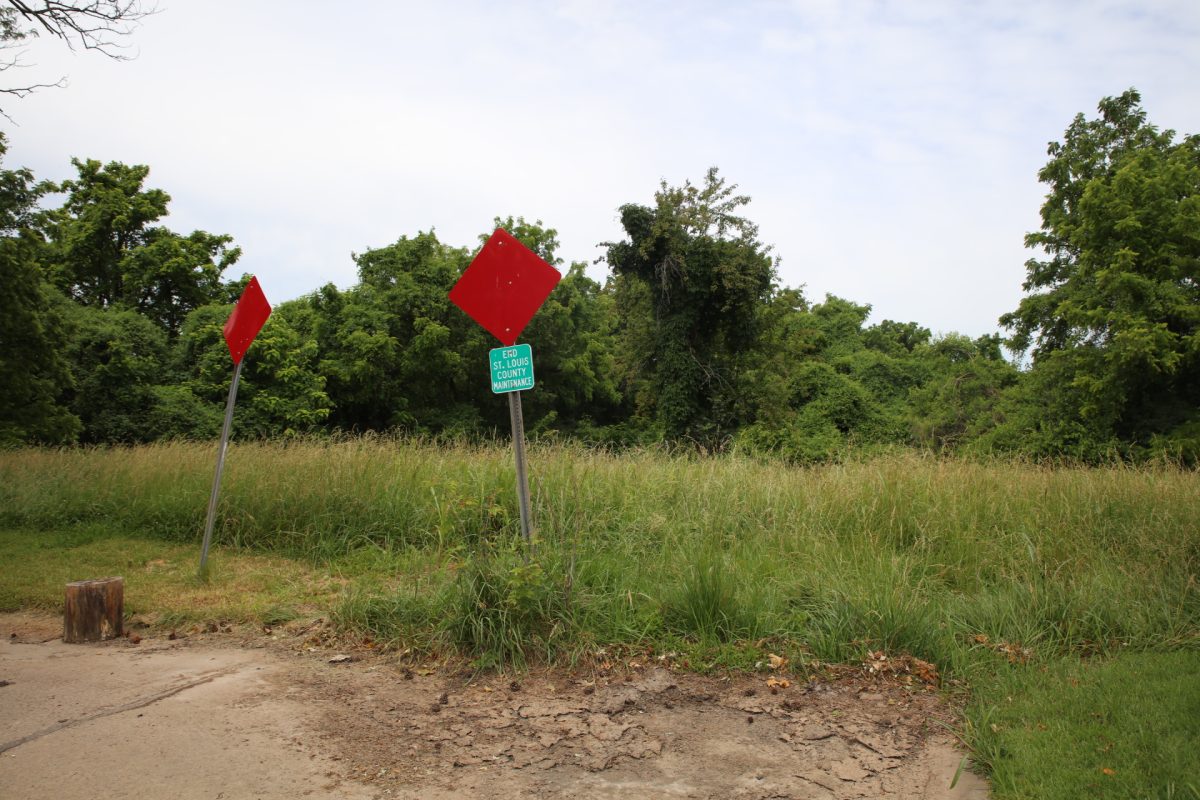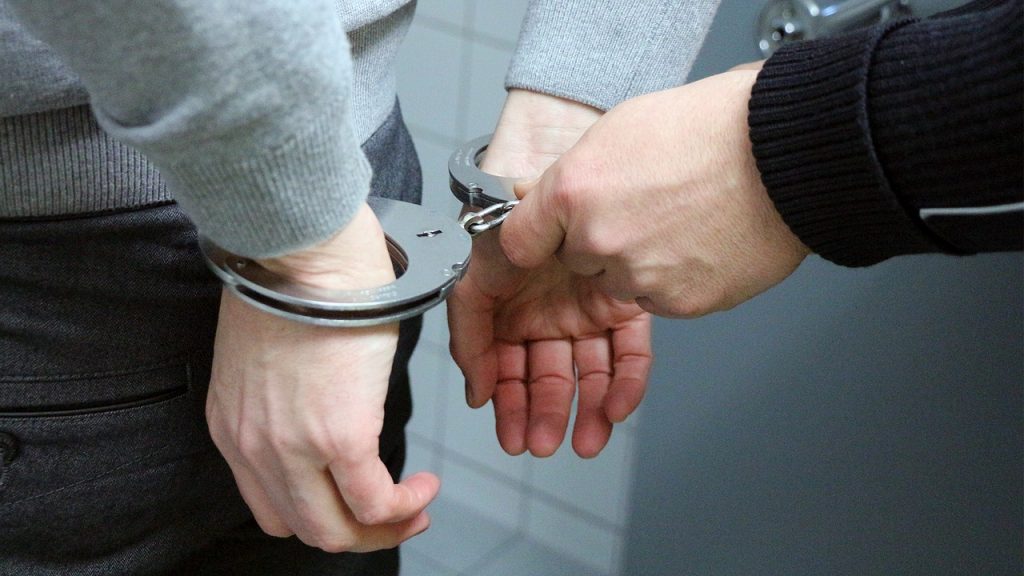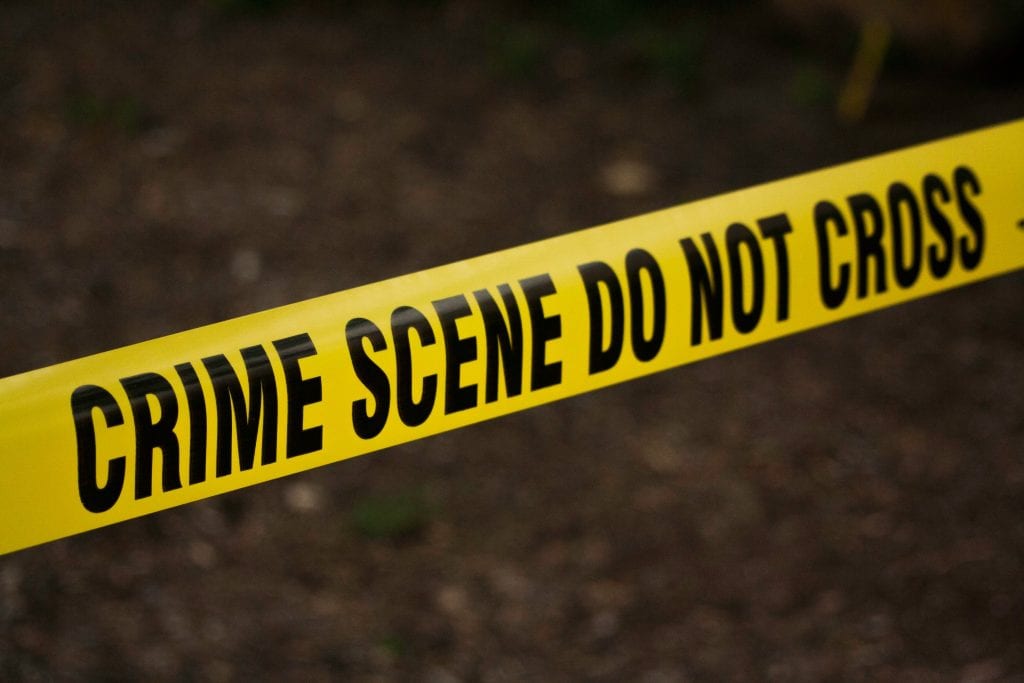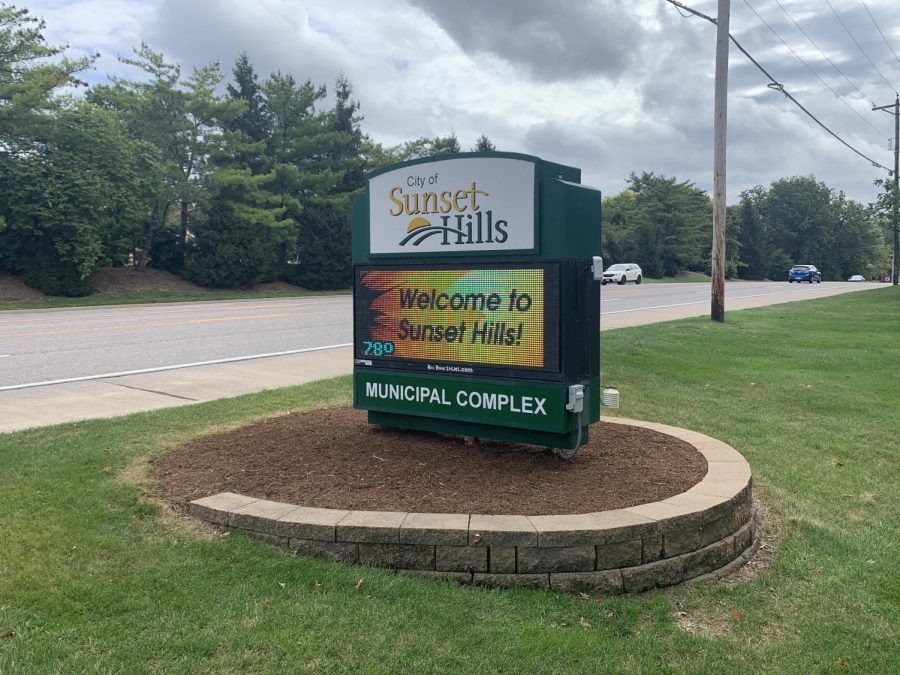The Affton Southwest Precinct of the St. Louis County Police Department held an active shooter preparedness discussion June 26 at Affton High School
About 75 people were in attendance at the presentation, which was led by Lt. Shawn McGuire. Capt. Precinct Commander Guy Means, Affton Fire Protection Chief Nick Fahs and Mehlville Fire Protection District Chief Brian Hendricks, were also present, along with other officers.
Additionally, Travis Bracht, Affton School District superintendent, was in attendance to answer any Affton School District-specific questions.
McGuire’s presentation had four main objectives: defining and understanding an “active shooter,” discussing how police and fire departments prepare for such events, discussing how communities, civilians and businesses should prepare for such events and going over option-based programs such as the “Run, Hide, Fight” method. Informational videos were interspersed throughout to show examples.
Defining an active shooter
Different from a shooting, an active shooting requires an individual that is actively engaged in killing or attempting to kill people in a populated area. There is often no pattern or method to their selection of victims, though the populated area is key as these events mainly take place in crowded spaces such as concerts, places of worship and schools.
“We have to kind of train for any type of situation,” McGuire said.
Since 2000, there has been a staggering increase in active shooter incidents. The annual average from 2000-2009 was 10.2 incidents, while from 2010-2020 the annual average more than doubled at 24.6 incidents.
“Obviously… these aren’t going away,” McGuire said. “The better we prepare in response to it, including civilians, the more we (can) keep you guys safe.”
But why does this happen? Though there is no clear answer, recognizing and understanding the “Pathway to Violence” concept developed by Frederick Calhoun and Steve Weston in 2003 can help stop these events before they start.
“Our job as (a) community, not just law enforcement, is recognizing this as quick as possible, and intervening,” McGuire said. “And that’s where I think, as a society and a community, we’re failing with the mental health aspect of being there for people, reporting these incidents and getting involved quicker with options for these suspects.”
Police and fire department preparation
According to McGuire, law enforcement has four priorities during active shooter events: protect lives and eliminate threats, manage the incident, participate in unified command and secure the scene / conduct investigation.
A video featuring bodycam footage from the officers involved with stopping the recent shooting in Nashville was played at the event to show the chaos of active shootings. Alarms blared and lights flashed as officers ran throughout the school, opening doors attempting to find the shooter.
Though situations like these are undeniably stressful, comprehensive training can help officers remain more calm. In 2010, the St. Louis County Police Department implemented MACTAC (Multi-assault, counter terrorism action capabilities) training which is designed to teach first responding officers the proper tactics and techniques when responding to active shooter events.
“When we train our officers… we try to throw them off…we try to get them a little bit more stress(ed),” McGuire said. “We put them in stressful situations…so they get used to it just in case it ever happens in their career, going into one of these buildings. We want them to focus on their training, we want to have their heart rate up, we want them to sweat and we want them to make decisions under stress. Because we’re not doing the community service by just going through the motions or just watching the videos or just watching the PowerPoint. Until you actually do these types of trainings, you’re not getting better.”
Starting in 2014, fire departments around the county began working with the St. Louis County Police Department on specific active shooter training, making them one of the first departments in the region to do so.
“Police and fire really need to be on the same page (and) work together… communication between first responders is very important,” McGuire said.
Civilian preparation
Seventy percent of active shooter incidents end in 5 minutes or less. This is most likely intentional, as police response time is usually around four or five minutes.
“We’d be crazy not to kind of recognize that these individuals know that,” McGuire said.
Just under 67% of these incidents end before the police arrive because a citizen intervened, the shooter fled or the shooter was killed by themselves or someone else at the scene.
Citizen intervention can help prevent events from escalating. With this in mind, it is important for all civilians to pay attention to their surroundings at places they commonly go to so they can make informed, quick decisions if ever in an active shooter situation. Knowing where exits and hiding places are or what to use as an improvised weapon can make all the difference.
“The more you think about it – the more you kind of put yourselves in these situations, the more you do a little bit of research on different events that happen – the better response you’re gonna have as a person because you’re not ignoring the fact, you’re not just saying ‘that’s never going to happen in St. Louis’, or ‘it’s never going to happen to me,’” McGuire said.
Though it is important to be aware, stressing about hypothetical situations is not healthy for anyone – balance between the two is key.
“I don’t want you to be consumed by it, right? I don’t want you to turn into a police officer everywhere you go … and really stress about this. The more often you do it … the better you’re going to know the surroundings of the different buildings that you attend,” McGuire said.
First-aid training can also be vital. Knowing CPR or how to make a tourniquet can save someone’s, or your own, life.
“Run, Hide, Fight”
Those in school in the early 2000s may remember being taught “lockdown” as the only solution when there is an active shooter. Since then, option-based programs like “Run, Hide, Fight” have been developed, emphasizing that there is not one right way to approach active shooter situations. Depending on the type of person or where the person is located during such an event can change how people respond.
“Run” is self-explanatory, though it is important to remember to be fast and careful. If possible, help others escape, and though hard, escape whether others agree or not – don’t argue because your safety is your number one priority. Leave all personal items behind, besides a cellphone that could be used to call 911 once safely out of the building. Once out, prevent others from entering the area.
“Hide” is, again, self-explanatory. Locking or barricading the door and being very quiet is key, as the situation could be happening very close. Hiding behind a large object to protect from possible shots fired was also emphasized.
“Fight” can look different depending on the situation. Attempting to distract the shooter is always a good idea, though above all, it is important to act with physical aggression to escape the area. Improvise weapons with whatever you can find and commit to your actions.
McGuire closed the presentation by stressing that the point of this community discussion was not to scare anyone, rather to keep people educated about the reality of active shooter events.
“The majority of the public is full of good people, we just need to plan for the worst,” he wrote in his closing slide.
This was the first event of its kind in Affton, however McGuire said the Affton Southwest Precinct would be open to more events like these, possibly partnering with other groups – such as mental health organizations – to reach more members of the community.
“We would love to have any type of partnership out there,” McGuire said. “Anything that we can (do to) reach out to the public and assist with any type of these issues going on in our community, we would love to be a part of it.”
The Affton Southwest Precinct is tentatively planning on hosting another community discussion in September or October focusing on different types of fraud, though nothing is set in stone yet. The precinct wants to continue having these discussions with community members “to show that (they) are here for them.”
“We all became police officers to serve our community…we want to help people,” McGuire said.


















